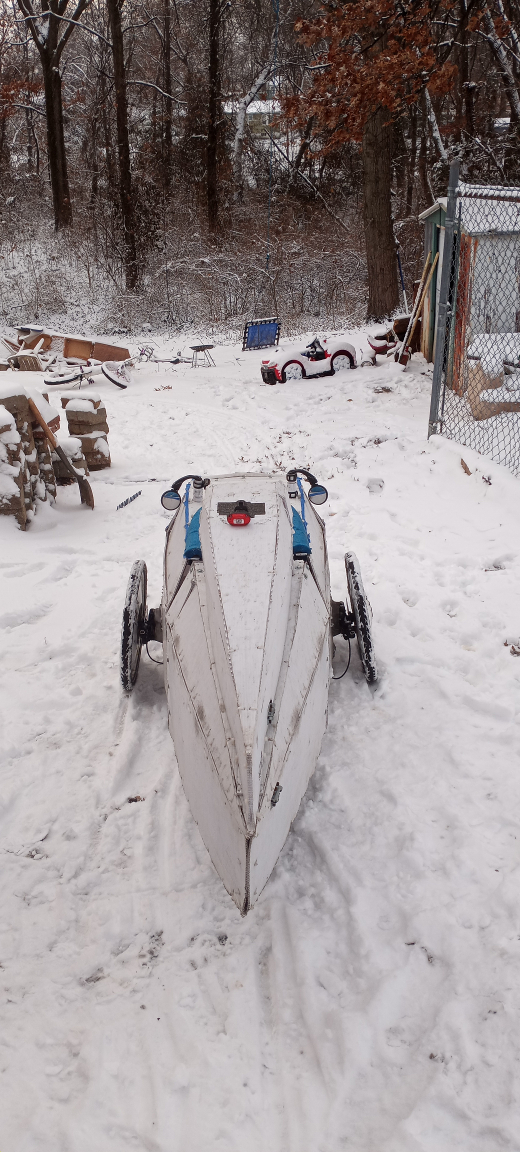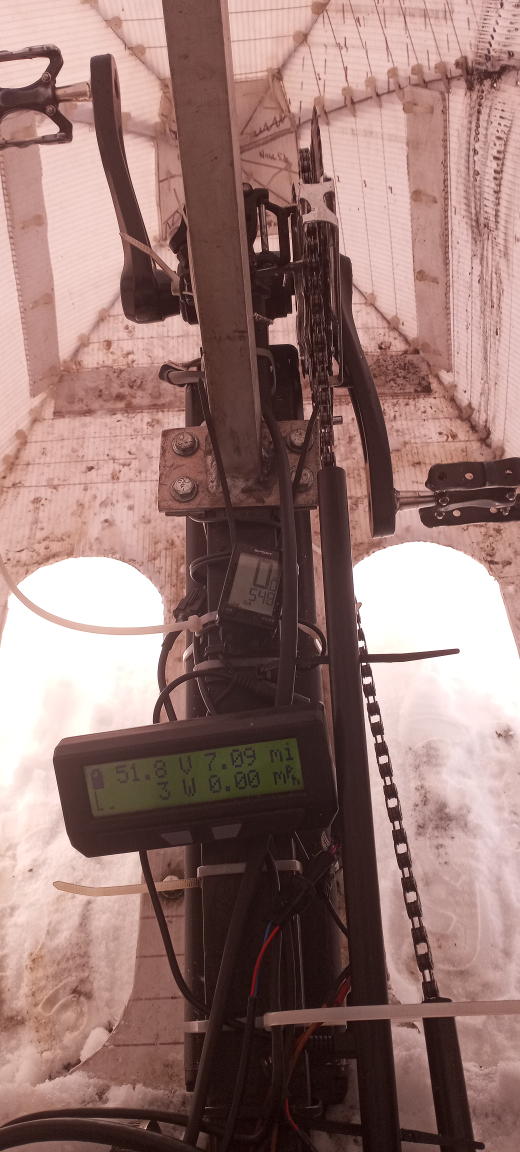Eskimo
1 kW
Give me that new Quattrovelo. Man it"s cool. Would be very interesting project to motorize. Four wheels and i don"t like mid-drives.
Kai said:davevelo said:Unfortunately my Quest velomole doesn't have two handed forks and it's impossible to install a normal hubmotor. I would have to make extensive modifications to frame and rear swing arm design. I know there are hub motors that are "lefty" or single side mounted but that requires fabricating a new swing arm. Interesting idea anyway.
Warren said:Not mine, but a big company's.
https://www.youtube.com/watch?v=037CAW4Yeug
Fastolfe said:sendler2112 said:I use my CBR250R
which is not a car. Bikes are thrifty, but they suck hard in the rain. I'd rather be warm and cosy in my velo than wet on your bike.
sendler2112 said:at 100 mpgUS. A $4,300 purchase price and $.023/ mile for fuel takes a long time to reach $8,000 for a velo.
Typical blindness of motor vehicle owners to the true cost of ownership. It costs more to own your bike than just the cost of fuel: there's taxes, insurance, maintenance, depreciation - and in your case, specialized motorcycle gear, etc. Do the math, and the picture will look a lot less rosy.
Owning a velo proves less costly in the long run, and the amortization period gets shorter the more you ride. But even if it's costlier, there are other things to consider: less pollution, better health, easy parking, being happy to hit the road every morning as opposed to being miserable in a steel box stuck in traffic, being able to do your own maintenance...
But hey, to each his own
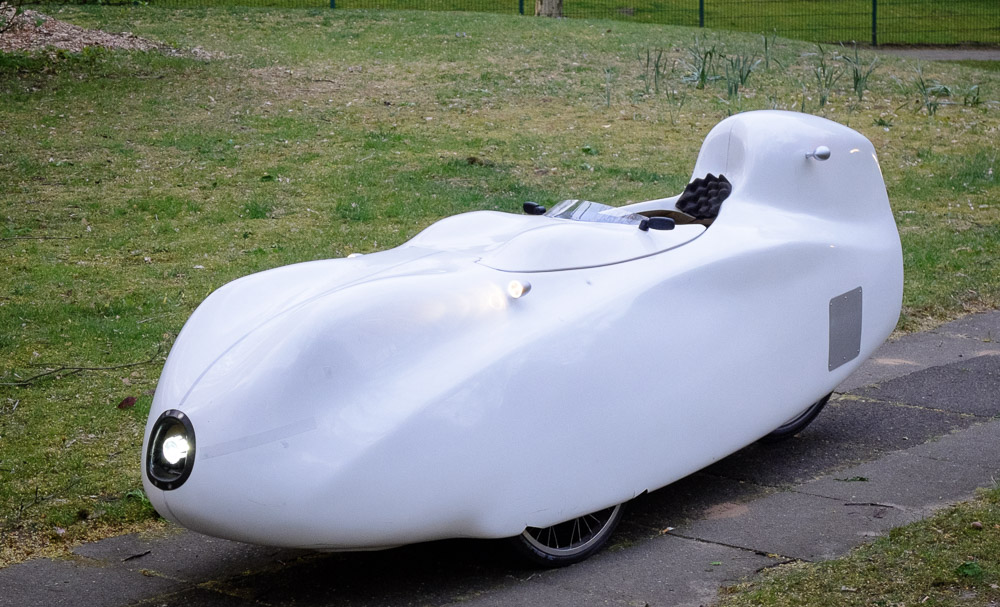
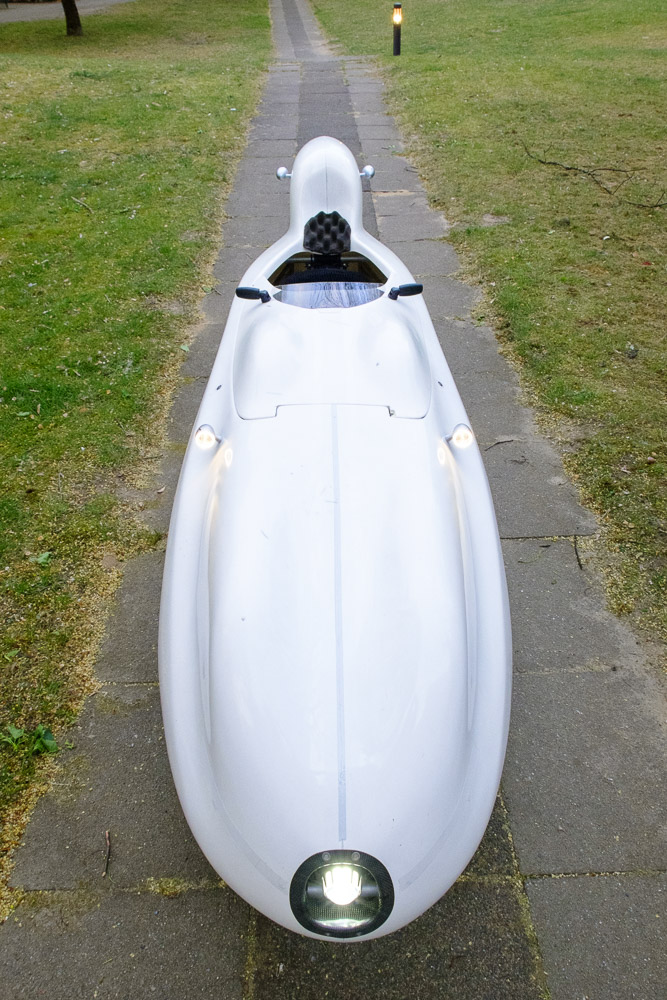
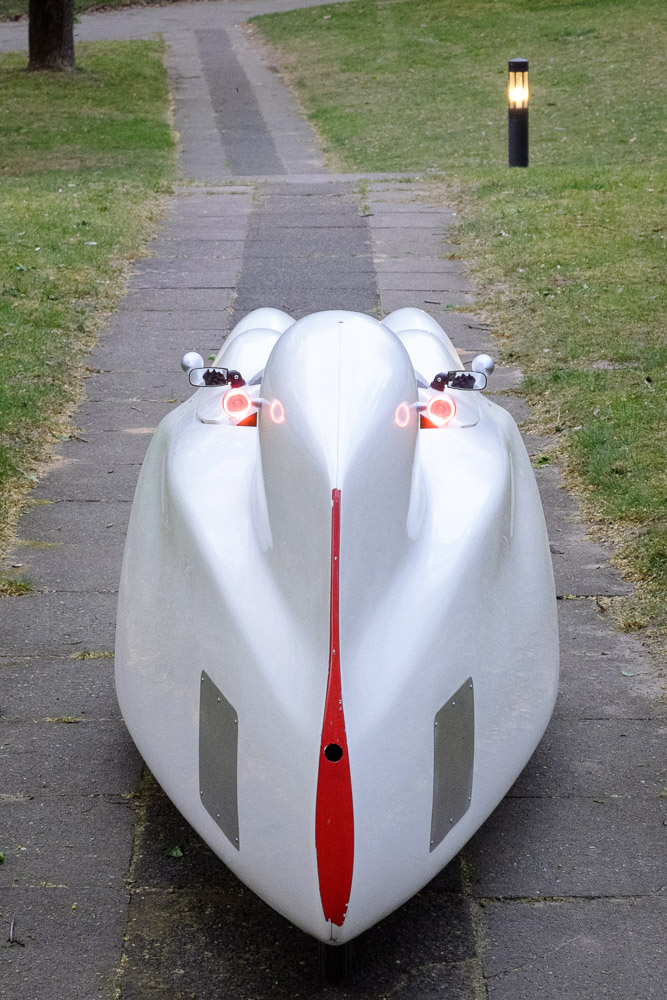
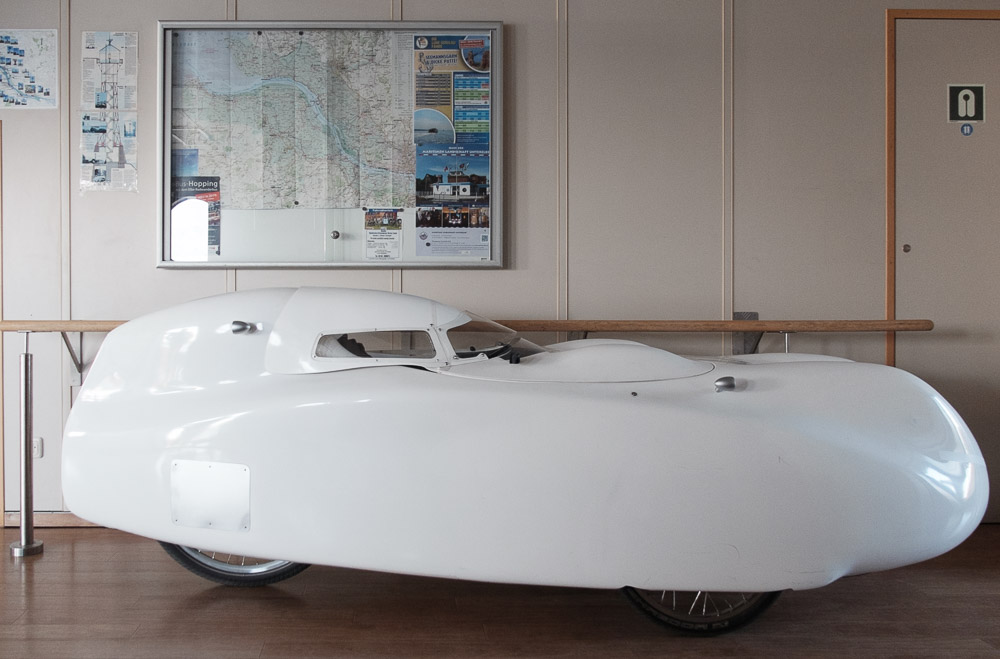
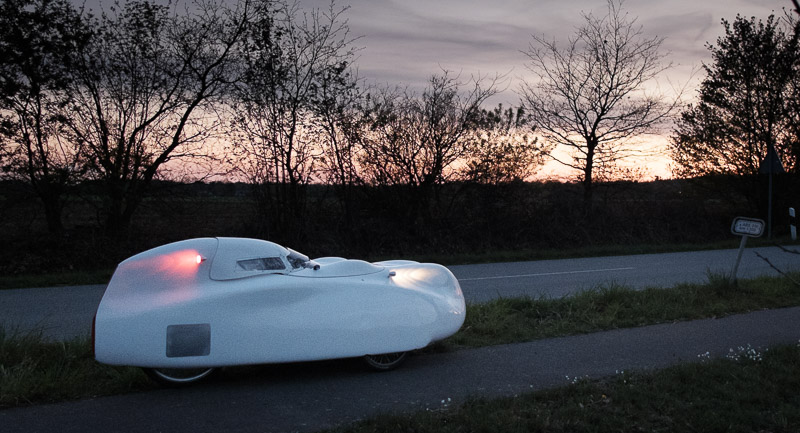
Marc S. said:*https://etrike.wordpress.com/2018/08/13/water-cooled-sturmey-archer-drum-brakes
Tommm said:Does it have suspension?
Marc S. said:The Phaserunner is set to 15A, 40A phase current and 10A field weakening. Max power is restricted to 1kW.
CAv3 with throttle, PAS, etc. Usually set to 600W max.
Acceleration is slow...ish. Consumption at 37mph is about 8-9Wh/mile (I think).
I finished it only last Monday and while I rode 584km since then, haven't tested the real world consumption yet.
Marc S. said:Its a simple cadence sensor. If I want a workout and put more force to the pedals, adding assist power as well seemed wrong to me.
Marc S. said:On the other hand (since the magnets for the cadence sensor are mounted into the chain ring) by shifting down and raising the cadence for climbing hills, or by shifting the Patterson Metropolis into its 2. gear (1:1.6 overdrive) for higher speed, the faster spinning chain ring also raises the assist power. This behavior is configurable by the Cycle Analyst and adjustable on-the-fly with the analogAUX pot. If I need more power (climbing, starting from a standstill) it has a throttle as well. I got the same setup in my trikes and it feels pretty natural.
Marc S. said:Its a simple cadence sensor. If I want a workout and put more force to the pedals, adding assist power as well seemed wrong to me.
On the other hand (since the magnets for the cadence sensor are mounted into the chain ring) by shifting down and raising the cadence for climbing hills, or by shifting the Patterson Metropolis into its 2. gear (1:1.6 overdrive) for higher speed, the faster spinning chain ring also raises the assist power. This behavior is configurable by the Cycle Analyst and adjustable on-the-fly with the analogAUX pot. If I need more power (climbing, starting from a standstill) it has a throttle as well. I got the same setup in my trikes and it feels pretty natural.
Power draw at top speed (flat, smooth tarmac, quick tires, with hood) is around 300W electrical (including 20W for the lights). It seems like, I add about a moderate, but sustainable 120W by pedaling... (my fitness level isn't that great at the moment).
Räderwerk stated, an aerodynamically tricked-out Milan GT Mk2 with hood has a Cwa value of 0.0368: http://mission-milan.de/techspec.htm
Impressive, isn't it? On my first ride after the conversion, I could hardly believe the low consumption figures.The Toecutter said:With a 120W pedal input, you could be looking at a real-world 250+ mile range on your 1.5 kWh pack.
About 86 lbs with hood (without battery, tools, etc) and except for the small hub motor, didn't even tried to make it particularly light weight. Its an older, heavy, glas version that already weights 70.5 lbs as a pure cycle. The current carbon version starts at 55 lbs.The Toecutter said:I also am willing to bet that your conversion is around 100 lbs for the whole vehicle.
I've tried disk wheel covers on my trike a couple of years ago. The downsides (a pain to inflate the tires, even bigger pain to lock it to something, greatly reduced cooling of the drum brakes) aren't worth the small efficiency improvement. Not by a long shot.The Toecutter said:You could give a slight 1-2 percentage point reduction to energy consumption by installing wheel discs to cover your spokes. For a vehicle such as this, I think it would be worth it.
Marc S. said:Impressive, isn't it? On my first ride after the conversion, I could hardly believe the low consumption figures.
I've tried disk wheel covers on my trike a couple of years ago. The downsides (a pain to inflate the tires, even bigger pain to lock it to something, greatly reduced cooling of the drum brakes) aren't worth the small efficiency improvement. Not by a long shot.
On top of that, I've tried them in the stormy season. Lets say, your commute gets real interesting when every side gust tries to blow you into the oncoming traffic. Worst, exactly a year later I've tried them again together with a nose fairing. It was seat wetting.
Starting with an old Milan is kind of cheating, don't you think?The Toecutter said:It is. I remember no shortage of people telling me that the low consumption figures or range I was looking for couldn't be done in a sub 100 lb vehicle. You've gone and done even better than what I was proposing.
....
You could not have chosen a more efficient platform to use, and it is doubtful anyone with a hobbyist budget could build a more efficient platform. The Milan can also do 100 km/h on roughly 750W.
My wheel disks have notches for the valves on the inside disk. Still, its a pain.The Toecutter said:There are discs that have notches carved in for inflating tires. I even made one for one of my rear wheel discs and inflating my rear tire was simple and easy as a result.
Water cooled drum brakes are already installed.The Toecutter said:Does anyone make water-cooled drum brakes? That may be your answer, and could provide benefits even if you don't use wheel discs.

I used the disks shortly on this ICE Sprint with DD hub motor, 20s battery and 50A controller, to commute in the 'windy season':The Toecutter said:The way the wind impacts an unshelled trike and the way it impacts the Milan are going to be totally different. Aerodynamics is funny like that. The only way you'd know the impact of strong crosswinds on the operating dynamics Milan with wheel discs would be to try them. They'll either make it unstable or they won't.(I'm guessing that when you said "trike", you were referring to another vehicle besides your 3-wheeled Milan because you mentioned a nose fairing; if you've already tried them on the Milan then you know they won't work to your liking)
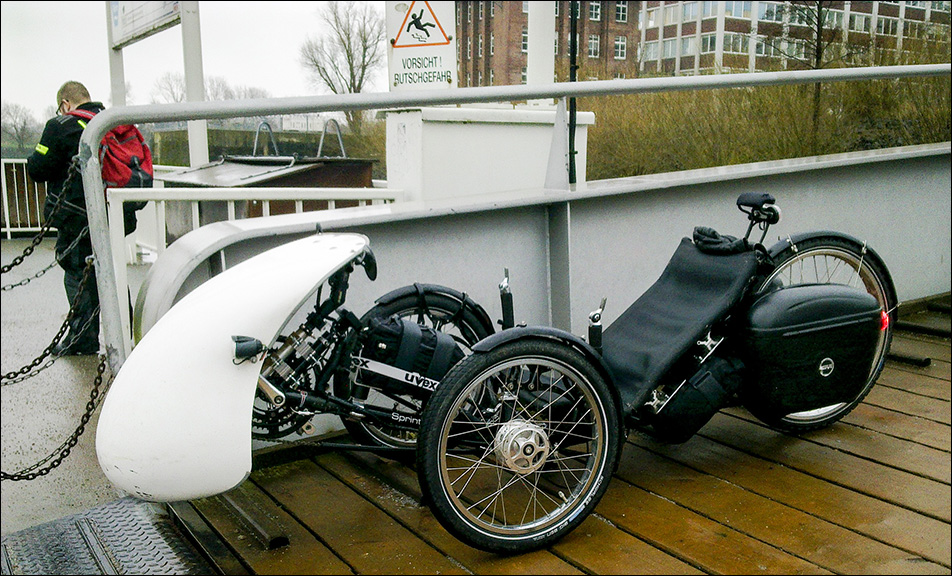
I live near the North Sea shore. We usually have a few Cat 1 and Cat 2 cyclones (we call them Orkan) in Autumn and Winter.The Toecutter said:My trike, with a faring and without, suffered no instability from crosswinds when adding wheel discs. I used to live in Corpus Christi, which was one of the windiest cities in the U.S. I also had a 39" front wheel track, which is far wider than that of the Milan.
Marc S. said:Starting with an old Milan is kind of cheating, don't you think?

